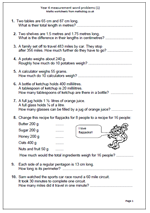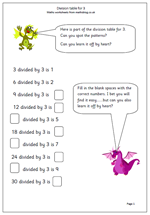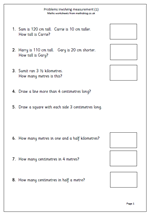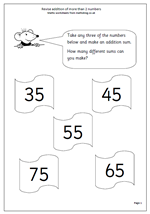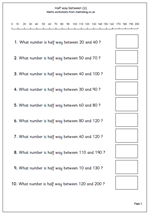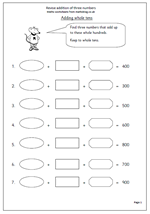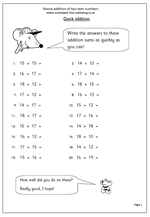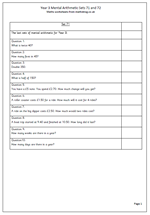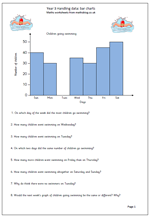 There are two main aspects to graphical work, one is to collect and organise data and the other is to interpret the results whether shown as a graph, pictogram etc.
There are two main aspects to graphical work, one is to collect and organise data and the other is to interpret the results whether shown as a graph, pictogram etc.
This page looks at interpreting a bar chart showing the number of packets of crisps sold by a corner shop over the course of a week. One of the main concepts here is that the vertical axis is labelled in twos rather than just going up in ones. This means that children must be able to read from unlabelled axes for the first time.
There are plenty of simple calculations here with questions such as, ‘How many more packets of crisps were sold on Sunday than on Friday?’ but there are also questions to make children think a little more carefully about what the bar chart is showing. These are more open ended, with no one correct answer and are good starting points for discussion.
